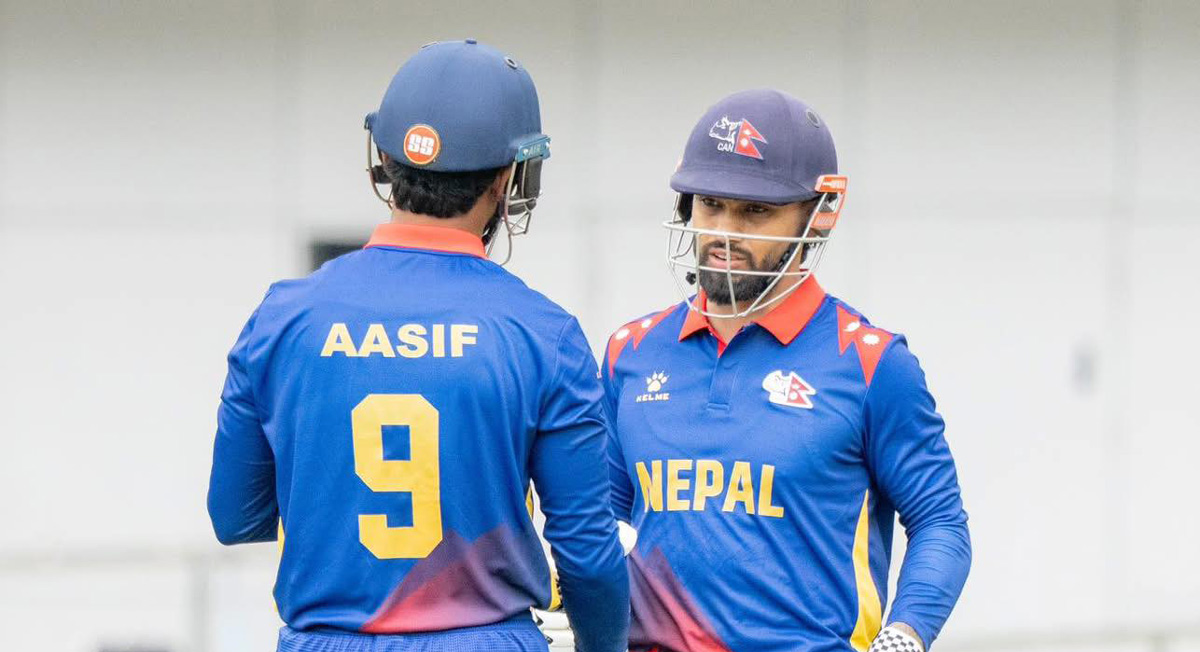Fagu is one of the most joyous festivals celebrated in Tarai Madhes. Known as Holi or Faguwa throughout the region, it is a celebration of vibrant colors and carries connotations of romance, particularly the use of red powder. The festivities differ between the Kathmandu Valley and Terai-Madhes regions. In Kathmandu's Durbar Square, a UNESCO heritage site, the revelry commences with the raising of the Chir pole, amid splashes of water, and yellow, blue, and vermilion powders.
During Fagu, participants gleefully throw a mixture of colors at passersby, friends, relatives, and occasionally, foreign visitors. Although the festival lasts a week, the highlight remains the playful exchange of colored powders (Abir) and water. The festival officially begins on the 8th day of the waxing moon, marked by the ceremonial pole-raising near the Kumari temple in Basantpur.
The Chir pole has connection to Lord Krishna's times. It is believed that pieces of cloth hung in the Chir represent garments of the Gopinis, the milkmaids who accompanied Krishna, which Krishna stole and hung in the tree while they were taking a bath. It is believed that the multicolored Chir represents the Kadam tree that Lord Krishna climbed with the stolen garments of the milkmaids. Amidst these festivities lies a lovely story depicting Krishna’s playful escapades with Radha and her friends, captured by the great Mithila poet Vidyapati:
Let’s go to see Basant (Spring)
Where Ketaki and Kund are laughing
The moon is clear
The bees are black
Night is dim
The beloved one is getting angry
Kamadev (god of love) fights with his enemy
In Tarai Madhesh, Fagu is celebrated a day after the full moon. The night before Fagu, locals traditionally burn heaps of garbage. The next day is a revelry filled with folk songs, colorful powders, and offerings of betel nuts, coconut, cardamom, raisin and cloves. They also eat, drink, and make merry because merriment is the main motto of Fagua. The festival of colors is celebrated as the biggest festival of joy. The whole atmosphere resounds with Fagu folk songs, which are very melodious to listen to.
This festival is linked to the full moon because it is believed to heighten not only the sexual urges of youngsters but also of elderly people. The moonlit night enhances the vitality and vigor of the participants, filling their hearts with joy and merriment. Kamdeva, the god of love, is said to infuse vitality and vigor into people of all ages during this romantic festival. Newly engaged and married couples find particular enjoyment during this time, as Cupid breathes life into the otherwise mundane existence of local residents. This festive season extends for weeks during which people of Madhesi origin consume eggs, fish, and meat to boost stamina and strength. Non-vegetarian meals serve as the primary source of increasing sexual excitement, often accompanied by home-brewed beer, while vegetarian individuals indulge in sweets and fruits.
This Hindu festival, known as Holi, embodies a spirit of unity and camaraderie in Tarai Madhes, transcending barriers of gender and caste. The first night is the day of prayer of the Holi Fire. The second day is the day of dust (Dhulikshava), and the third day is of Rangotsav (the festival of colors). The goddess of Holia is invoked on the first day. This festival has a Puranic origin. It has been mentioned in the Bhabishya Purana that as the month of Falgun is the last month of the calculation of months according to the Shalvahan calendar, it is to be celebrated as the festival ringing in the new year. As PB Shelley has also said, “If winter comes, can spring be far behind?” So, it is also regarded as a spring festival or Basantotsav. People also enjoy a symbolic bonfire during this festival.
There is also a legend about the story of Lord Shiva getting angry and opening his third eye to burn Kamdeva, who later became Anang (bodiless). He was afterward restored to life by the grace of Parvati, the consort of Lord Shiva. This festival is celebrated throughout Madhes every year with pomp and fervor. Holi is the popular festival of the Madhesi people, so the Holi or Hori or Fagua folk songs are very melodious. The mythological relevance is revealed in the following folk song:
On the day Krishna played the flute,
The three worlds were connected,
What was the flute made of?
And how was it tied?
On the day, Krishna charmed the world,
With bones and flesh the flute was made
With love it was tied
This festival is related to Krishna and Radha, Rama and Sita, and Shiva and Parvati. So, it has some religious fervor too. Otherwise, it is fundamentally a folk festival of romance and sexual urge. Holi is one of the most colorful festivals of various colors celebrated in Nepal and the neighboring nation of India.
Throughout Madhes, Holi is celebrated with pomp and fervor, echoing with melodious folk songs that narrate tales of Krishna, Radha, Rama, Sita, Shiva, and Parvati. While rooted in religious tradition, Holi fundamentally embodies the spirit of romance and merriment, shared across Nepal and neighboring India, enriching both nations' cultural and social heritage.










